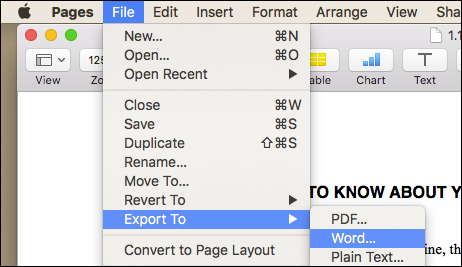

They are stored in your database, just like posts. The organizational structure for Pages comes from hierarchical interrelationship, not from a system of categorization.Pages by default do not allow taxonomy (categories, tags and any custom taxonomies) associations.Pages are not posts, so they don’t appear in the time-structured views within a blog section of a website.It’s quite possible to make a website using WordPress which only contains pages.More sophisticated themes may provide a wider range of adjustments or display options for individual pages.Pages can use different page templates, including template files, Template Tags and other PHP code.Pages can be organized into pages and subpages.Pages are for content that isn’t specifically time-dependent, or which isn’t “blog content”.Pages, though, have several key distinctions that make them different from posts. WordPress Theme template files maintain a consistent look throughout your site. In general, pages are very similar to posts in that they both have titles and content.

In addition to the common “About” and “Contact” pages, other examples include “Copyright”, “Disclosure”, “Legal Information”, “Reprint Permissions”, “Company Information” or “Accessibility Statement”. You can use Pages to organize and manage the structure of your website content. Pages live outside of the normal blog chronology, and are often used to present timeless information about yourself or your site - information that is always relevant. In contrast, pages are for non-chronological content: pages like “About” or “Contact” would be common examples. Posts, in a default setup, appear in reverse chronological order on your blog’s home page. When you’re writing a regular blog entry, you write a post. In WordPress, you can put content on your site as either a “post” or a “page”.


 0 kommentar(er)
0 kommentar(er)
